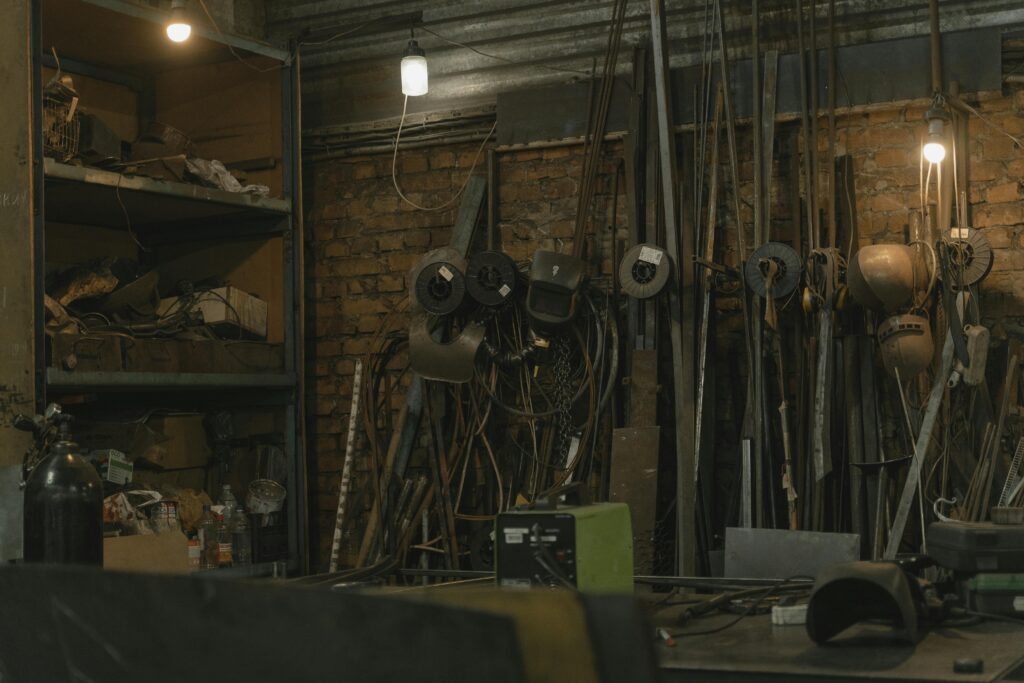Are you curious about delving into the world of IN-14 Nixie tubes, but not sure where to start? Don’t worry, we’ve got you covered with this friendly beginner’s guide to IN-14 Nixie tubes.

What are IN-14 Nixie Tubes?
IN-14 Nixie tubes are cold cathode display tubes used for displaying numerals or other characters. They were commonly used in electronics back in the mid-20th century, and have recently seen a resurgence in popularity among hobbyists and collectors. These unique tubes emit an orange glow when powered on, making them a nostalgic and eye-catching display option for various projects.
Why Choose IN-14 Nixie Tubes?
If you’re looking to add a retro touch to your electronics projects or create a vintage-inspired clock, IN-14 Nixie tubes are a great choice. Their distinctive appearance and warm glow make them stand out from modern electronic displays, adding a touch of nostalgia and uniqueness to your creations.
Getting Started with IN-14 Nixie Tubes
If you’re ready to dive into the world of IN-14 Nixie tubes, there are a few things you’ll need to get started. Here’s a list of essential items to have on hand before you begin your project:
- IN-14 Nixie tubes
- Nixie tube driver board
- Power supply
- Microcontroller or control circuit
- Supporting components (resistors, capacitors, etc.)
Where to Find IN-14 Nixie Tubes
IN-14 Nixie tubes can be sourced from online retailers specializing in electronic components, as well as from vintage electronics markets or specialty stores. Be sure to check the reputation of the seller and verify that the tubes are in working condition before making a purchase.
Choosing the Right Nixie Tube Driver Board
When selecting a Nixie tube driver board, make sure it is compatible with IN-14 Nixie tubes and can provide the necessary voltage and current for proper operation. Some driver boards come with additional features such as RGB backlighting or built-in clocks, so consider your project requirements when choosing a board.
Wiring and Powering IN-14 Nixie Tubes
Once you have all your components ready, it’s time to wire up your IN-14 Nixie tubes and power them on. Here’s a step-by-step guide to help you get started with wiring and powering your Nixie tubes:
- Connect the anode and cathode pins of the IN-14 Nixie tubes to the corresponding pins on the driver board.
- Ensure that the power supply voltage is within the operating range of the Nixie tubes and driver board.
- Connect the power supply to the driver board, following the manufacturer’s instructions for proper wiring.
- Power on the circuit and watch as the Nixie tubes light up with a warm orange glow.
Safety Tips for Working with Nixie Tubes
When working with Nixie tubes and high-voltage electronics, it’s important to take necessary safety precautions to avoid accidents or damage to components. Always remember to:
- Wear appropriate safety gear, such as gloves and goggles, when handling high-voltage components.
- Disconnect power before making any changes to the circuit or wiring.
- Avoid touching exposed metal parts of the circuit while it is powered on.
- Double-check all connections and wiring before powering on the circuit.
Programming IN-14 Nixie Tubes
To control the display on your IN-14 Nixie tubes, you’ll need to program the microcontroller or control circuit connected to the driver board. Programming Nixie tubes involves assigning specific numerical or character values to each tube, creating patterns or animations, and synchronizing with external clocks or sensors.
Programming Languages for Nixie Tube Display
Popular programming languages for controlling Nixie tube displays include Arduino, Python, and C/C++. These languages offer libraries and modules specifically designed for interacting with Nixie tubes, making it easier to create custom displays and animations for your projects.
Sample Code for Nixie Tube Display
Here’s a simple Arduino code snippet to get you started with controlling an IN-14 Nixie tube display:
include
NixieTube nixieTube;
void setup() { nixieTube.begin(); }
void loop() { int value = analogRead(A0); nixieTube.display(value); delay(1000); }
This code reads an analog value from pin A0 and displays it on the Nixie tube every second. You can customize the code to display specific values or create more complex animations based on input from sensors or external sources.

Common Applications of IN-14 Nixie Tubes
IN-14 Nixie tubes can be used in a variety of applications beyond simple clocks or displays. Their unique appearance and retro aesthetic make them a popular choice for DIY electronics projects, art installations, and custom lighting solutions. Here are some common applications of IN-14 Nixie tubes:
- Nixie tube clocks
- Nixie tube numeric displays
- Nixie tube temperature gauges
- Nixie tube art installations
- Nixie tube custom signage
Customizing Nixie Tube Displays
With a bit of creativity and programming skills, you can customize your Nixie tube displays to show custom messages, animations, or patterns. Explore different fonts, colors, and effects to make your Nixie tube projects truly unique and eye-catching.
Maintaining and Care for IN-14 Nixie Tubes
To ensure the long-term functionality and performance of your IN-14 Nixie tubes, it’s important to provide proper care and maintenance. Here are some tips to help you maintain your Nixie tubes in good working condition:
- Avoid exposing Nixie tubes to direct sunlight or extreme temperatures.
- Clean the tubes regularly with a soft, dry cloth to remove dust or dirt buildup.
- Check for loose connections or damaged components and repair or replace as needed.
- Store Nixie tubes in a dry, cool place when not in use to prevent damage from moisture or humidity.
Troubleshooting Common Issues with Nixie Tubes
If you encounter problems with your Nixie tube displays, such as flickering digits, dim glow, or inconsistent operation, here are some troubleshooting steps to help you diagnose and resolve issues:
- Check the power supply voltage and current to ensure it meets the requirements of the Nixie tubes and driver board.
- Inspect the wiring connections and solder joints for any loose or damaged components.
- Test individual Nixie tubes with a known-working driver board to isolate the issue to a specific component.
- Update or reprogram the microcontroller code to address any software-related issues affecting the display.

Conclusion
Congratulations on completing this beginner’s guide to IN-14 Nixie tubes! We hope you’ve gained valuable insights into how to get started with Nixie tube displays, wire and power them safely, program custom displays, explore different applications, and maintain your tubes for long-lasting performance. Remember to have fun and experiment with different projects to unleash your creativity and make the most of these unique electronic components. Happy Nixie tube tinkering!

